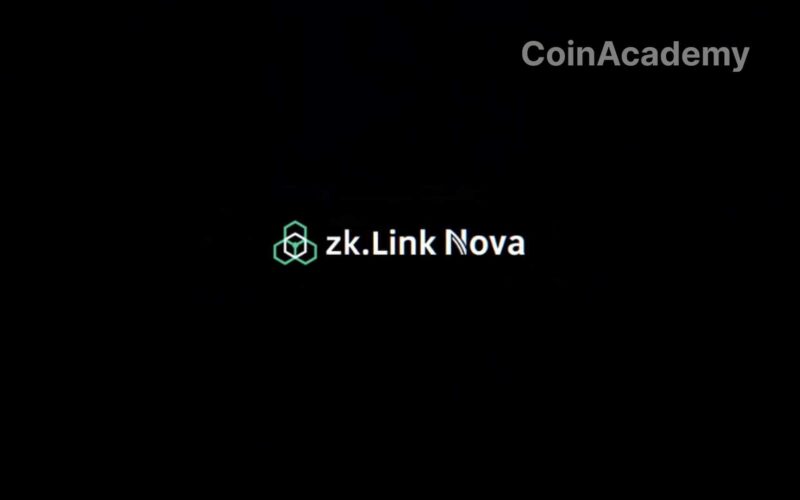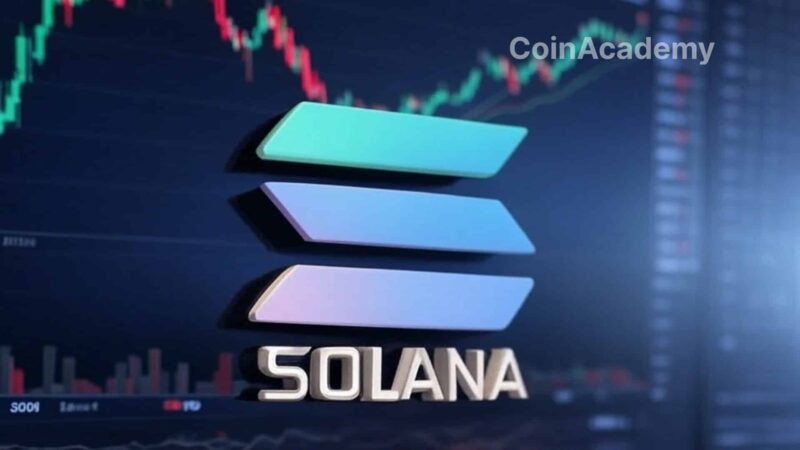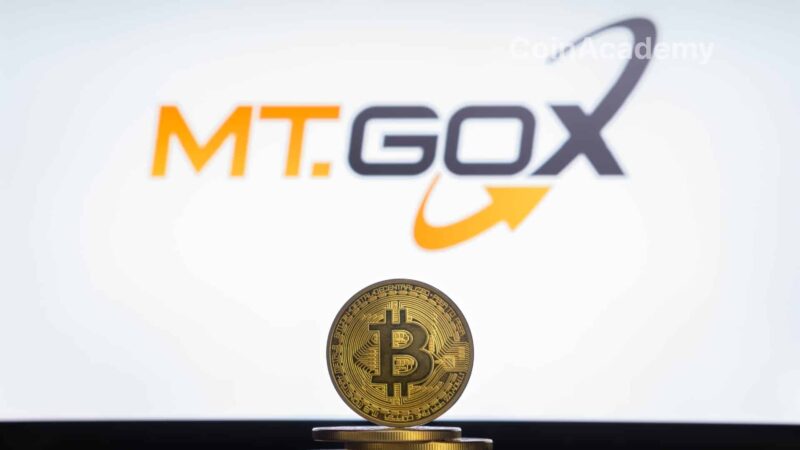zkLink Nova has reached $1 billion in total locked value (TVL), attracting over 533,000 unique wallet addresses since its launch in March.
The network utilizes zero-knowledge disclosure proof technology to aggregate liquidity from various Ethereum L2s, offering fast transactions and low costs.
zkLink Nova has introduced the Token Merge mechanism, allowing users to seamlessly receive and redeem tokens for improved transaction fluidity.
zkLink Nova and its Technological Architecture
zkLink Nova stands out as the first zkEVM Layer 3 network built on Ethereum and its Layer 2 rollups.
Its compatibility with the Ethereum Virtual Machine (EVM) enables the aggregation of assets scattered across Ethereum’s L2s for interoperable transactions. With its zero-knowledge disclosure proof technology, zkLink Nova offers reduced transaction costs, fast finality, and Ethereum’s inherent security.
Among its investors are names like Coinbase Ventures and Solana Ventures.
Solution to Liquidity Fragmentation in the Ethereum Ecosystem
Designed in response to the fragmentation created by Layer 2 scaling solutions, zkLink Nova adopts an innovative approach to aggregate liquidity across different L2s. Using an aggregated L3 rollup, it connects Ethereum and its L2s via a third layer secured by zero-knowledge proofs.
The network has formed over 100 partnerships and aggregated over 100 tokens across the Ethereum mainnet and seven other integrated ecosystems.
Interoperability and Security at the Core of zkLink Nova’s Strategy
The platform allows users to transfer assets from connected L2s to the L3 network, where interoperable transactions are fast, cost-effective, and highly scalable. This approach has enabled zkLink Nova to offer the widest possible liquidity from the entire Ethereum ecosystem, facilitating the rapid achievement of $1 billion in TVL.
Token Merge Mechanism and Implications for Users
To unify liquidity across different L2 rollups while maintaining Ethereum’s level of security, zkLink Nova utilizes the Token Merge mechanism.
ERC-20 tokens from different L2s go through a contract that merges multiple source tokens of equal value into a single Merge Token.
This process allows users to receive merged tokens by locking an equivalent amount in source tokens and redeem the source tokens back by destroying the merged tokens.




